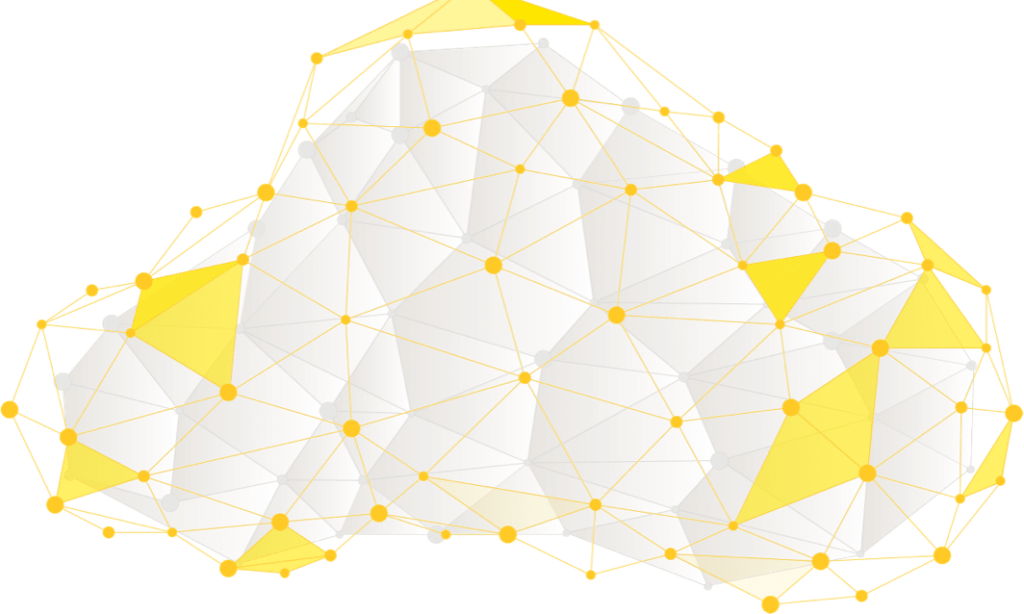Management & maintenance of oil refineries and oil pipelines is essential for stable production and supply of petroleum products. However, machinery can break in unexpected ways; hence, generally there is focus on ensuring the health of machinery through periodic manual inspections. This is generally time consuming, costly and often involves risks to health and safety of inspectors. In recent years, the paradigm of predictive maintenance has emerged which is based on the principle of using data analytics and artificial intelligence to smartly predict the health of mechanical apparatus and highlight the apparatuses which have sub par health.
Oil exploration and digging can often require putting human engineers and laborers in dangerous scenarios. AI can help reduce this risk to human life by enabling engineers to use a robot that they can reliably control from a remote site. Remote controlled robots have traditionally been used for sensory and exploratory purposes but by virtue of modern AI methods, it is now possible to task these robots to do more than that. For instance, these robots can now pick and utilize a number of effective tools in a useful way thus can be used for repair.
These robots are generally equipped with 2D cameras; a human, however, is generally used to 3D view. Our models help take the 2D view from different camera angles and then construct an accurate 3D view from these samples. Our model can thus provide a more realistic and more detailed view, as seen by the robot, to the engineer, hence, helping her make better decisions. In addition to 3D reconstruction, our AI can help robots navigate autonomously. This can significantly ease the burden off from the engineer who now no longer has to control the low-level actions, but only provide high level directions to the robot and the robot then chooses low level actions accordingly on its own. The robot is connected to a remote server and continuously sends its stream to the server where it is analyzed and any important information that may be discovered is relayed to the engineer as well.









